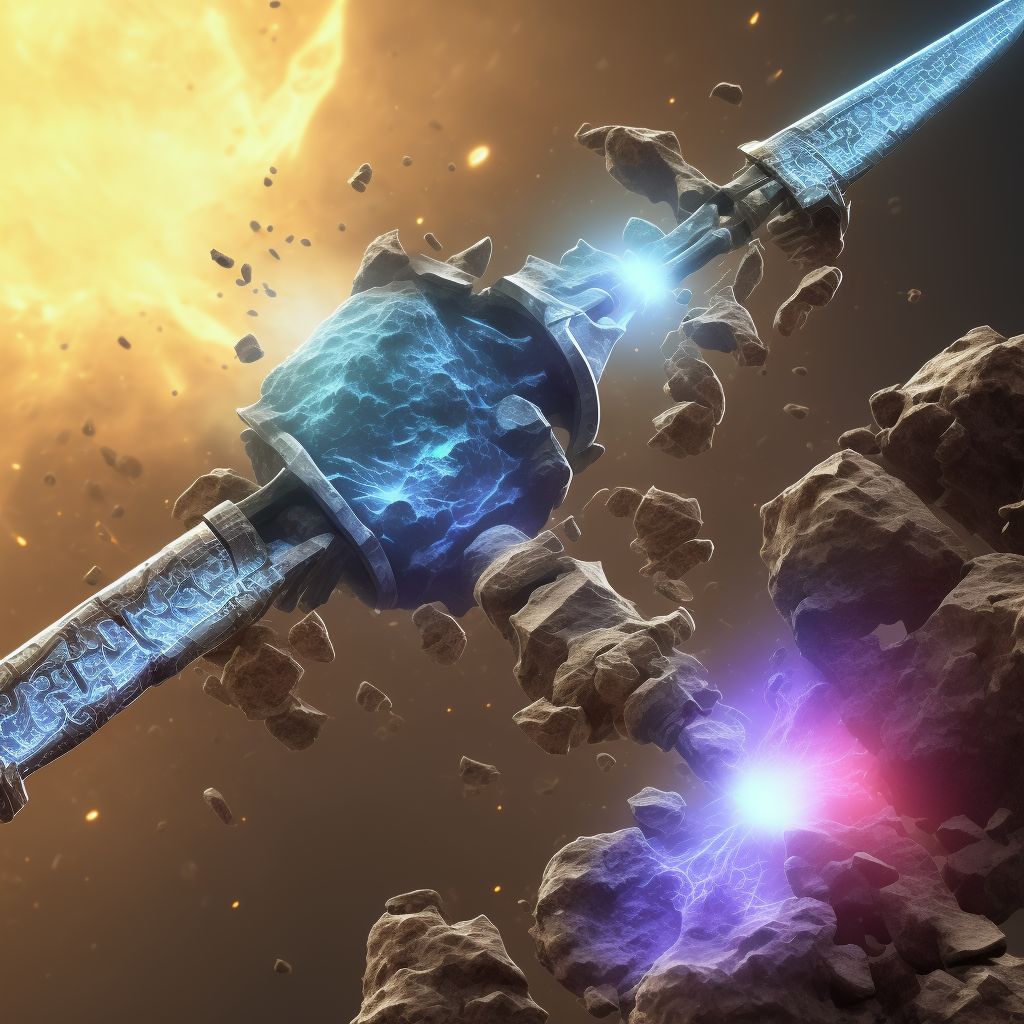
Displaced oblique fracture of shaft of left tibia, subsequent encounter for open fracture type IIIA, IIIB, or IIIC with delayed healing Save
ICD-10 code: S82.232J
Disease category: S82.232: Displaced oblique fracture of shaft of left tibia
Displaced Oblique Fracture of Shaft of Left Tibia - Understanding Delayed Healing
A displaced oblique fracture of the shaft of the left tibia can be a challenging injury to recover from. In some cases, this type of fracture may lead to an open fracture type IIIA, IIIB, or IIIC, which can further complicate the healing process. Delayed healing is a common concern for individuals with such fractures, and understanding the factors contributing to this delay is crucial.
Delayed healing refers to a situation where the fracture takes longer than expected to heal or fails to heal altogether. Several factors can contribute to delayed healing in cases of displaced oblique fractures of the left tibia:
- Severity of the fracture: Fractures that are highly displaced or have extensive soft tissue damage tend to take longer to heal. The severity of the fracture can determine the level of disruption to the bone's blood supply and the surrounding tissues, which can impede the healing process.
- Open fracture type: Open fractures, particularly type IIIA, IIIB, or IIIC, involve damage to the skin and underlying soft tissues. The risk of infection is higher in these cases, which can significantly delay the healing process. Timely and appropriate medical intervention is crucial to minimize the risk of infection and promote healing.
- Age and overall health: Age and overall health play a significant role in the healing process. Older individuals or those with pre-existing health conditions such as diabetes or compromised immune systems may experience delayed healing due to reduced blood flow, impaired cell function, or compromised immune responses.
- Smoking and nutrition: Smoking can negatively impact healing by reducing blood flow and impairing the delivery of essential nutrients to the fracture site. Similarly, poor nutrition can hinder the body's ability to repair and regenerate bone tissue. A balanced diet rich in vitamins, minerals, and protein is essential for optimal healing.
While treatment options for this type of fracture are not discussed in this article, it is important to consult a healthcare professional for proper diagnosis and guidance. Early intervention, comprehensive care, and adherence to medical advice can help promote healing and reduce the risk of complications.
To summarize, delayed healing is a common concern for individuals with displaced oblique fractures of the left tibia, particularly when they are accompanied by open fracture type IIIA, IIIB, or IIIC. Understanding the factors contributing to delayed healing, such as the severity of the fracture, open fracture type, age, overall health, smoking, and nutrition, can help patients and healthcare professionals make informed decisions to facilitate the healing process.
Treatment of Displaced oblique fracture of shaft of left tibia, subsequent encounter for open fracture type IIIA, IIIB, or IIIC with delayed healing:
Treatment Options for Displaced Oblique Fracture of Shaft of Left Tibia, Subsequent Encounter for Open Fracture Type IIIA, IIIB, or IIIC with Delayed Healing
When it comes to a displaced oblique fracture of the shaft of the left tibia, subsequent encounter for open fracture type IIIA, IIIB, or IIIC with delayed healing, it is crucial to explore the available treatment options. This...
To see full information about treatment please Sign up or Log in